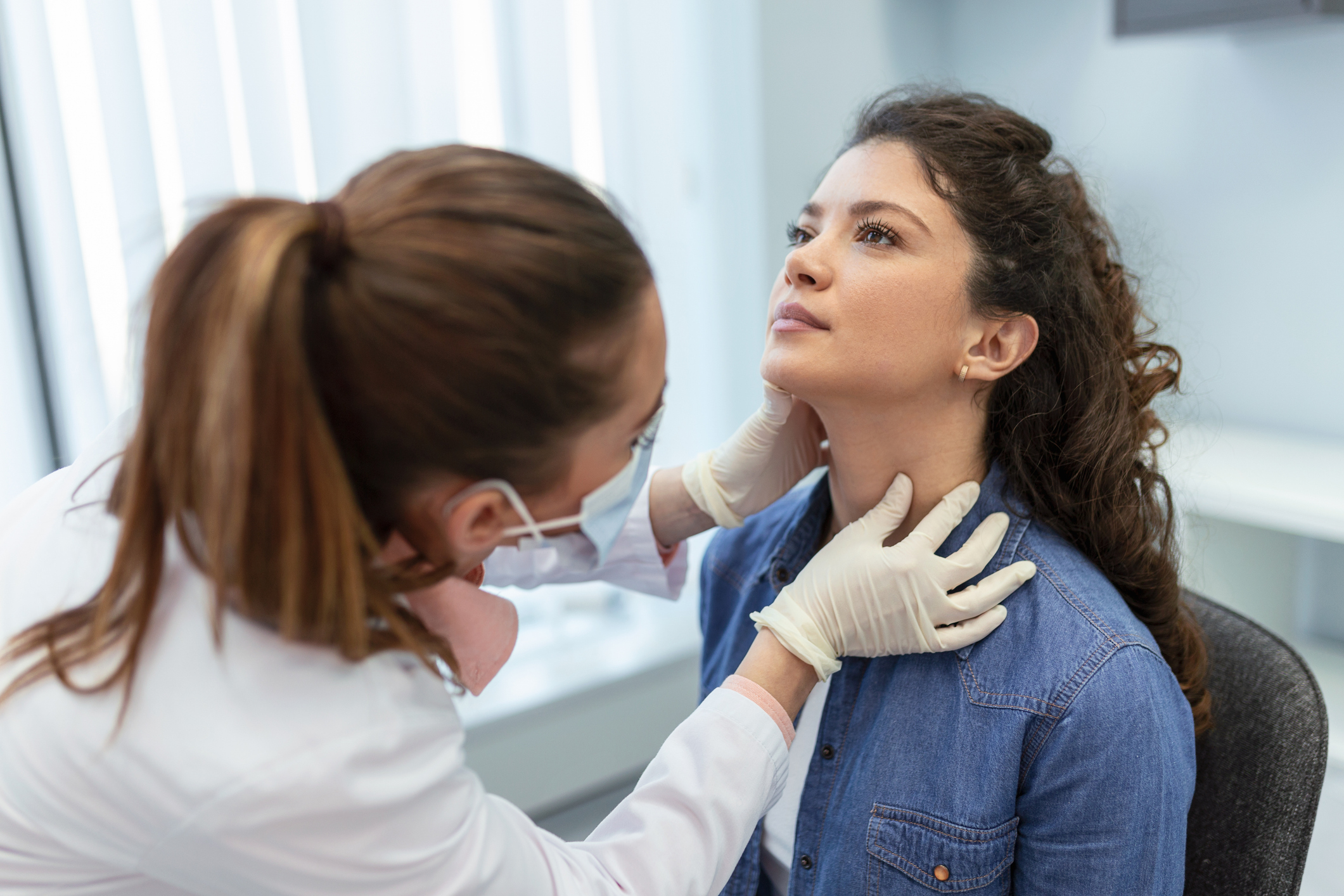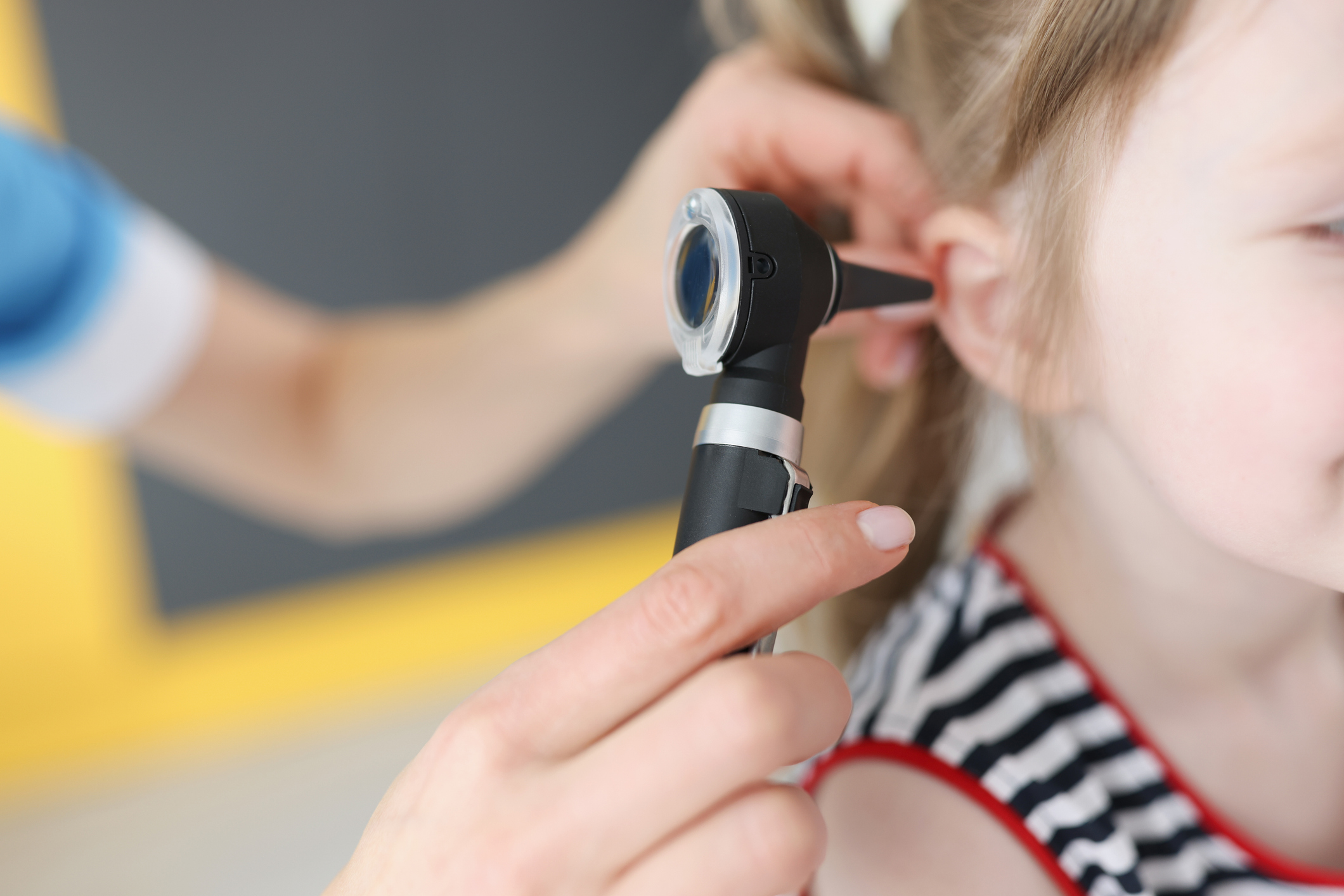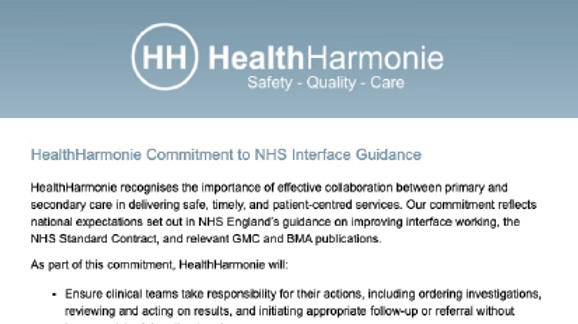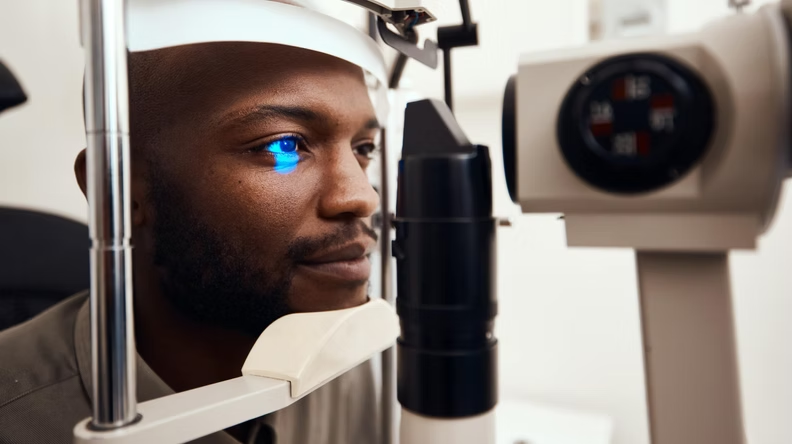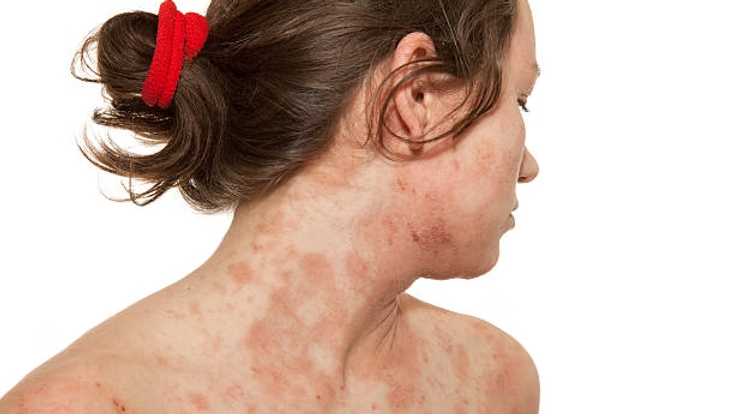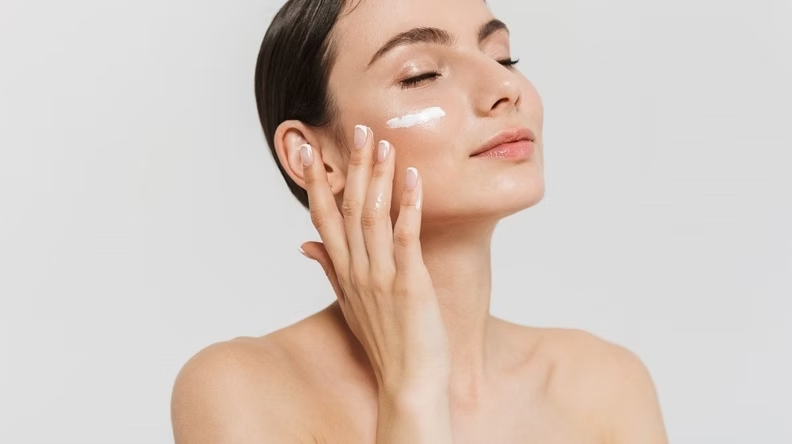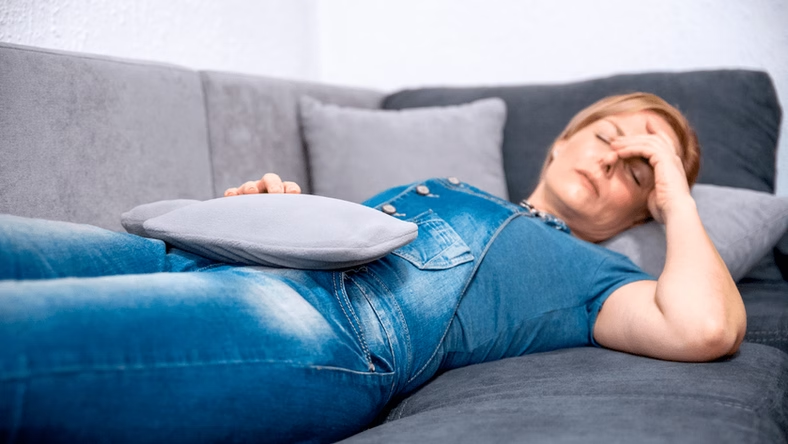Dry eyes are a common condition that can be aggravated during the winter. This is not unusual as the wind and low temperatures can dry up the skin in several areas throughout the body. Heaters are used heavily within the winter periods at the workplace and at home, which can strip the air of moisture which can have an impact on our eyes. We do not have control of the conditions in the outside world, however we do have control of how we combat these conditions.
Symptoms of Dry Eyes
-
Burning sensation
-
Itchy
-
Mucus build up
-
Redness around eyelids
-
Sensitive to light
Prevention
-
Use a humidifier in order to stop the air from drying out
-
Minimise the use of heathers and air conditioners
-
If you are someone who wears contact lenses, then swapping these out for glasses can help to rest your eyes
-
Limiting your smoking and alcohol intake
-
Taking a break from daily activities that require you to concentrate, such as reading, using the computer, and being on your phone, as these can all limit blinking
-
Avoid using hairdryers
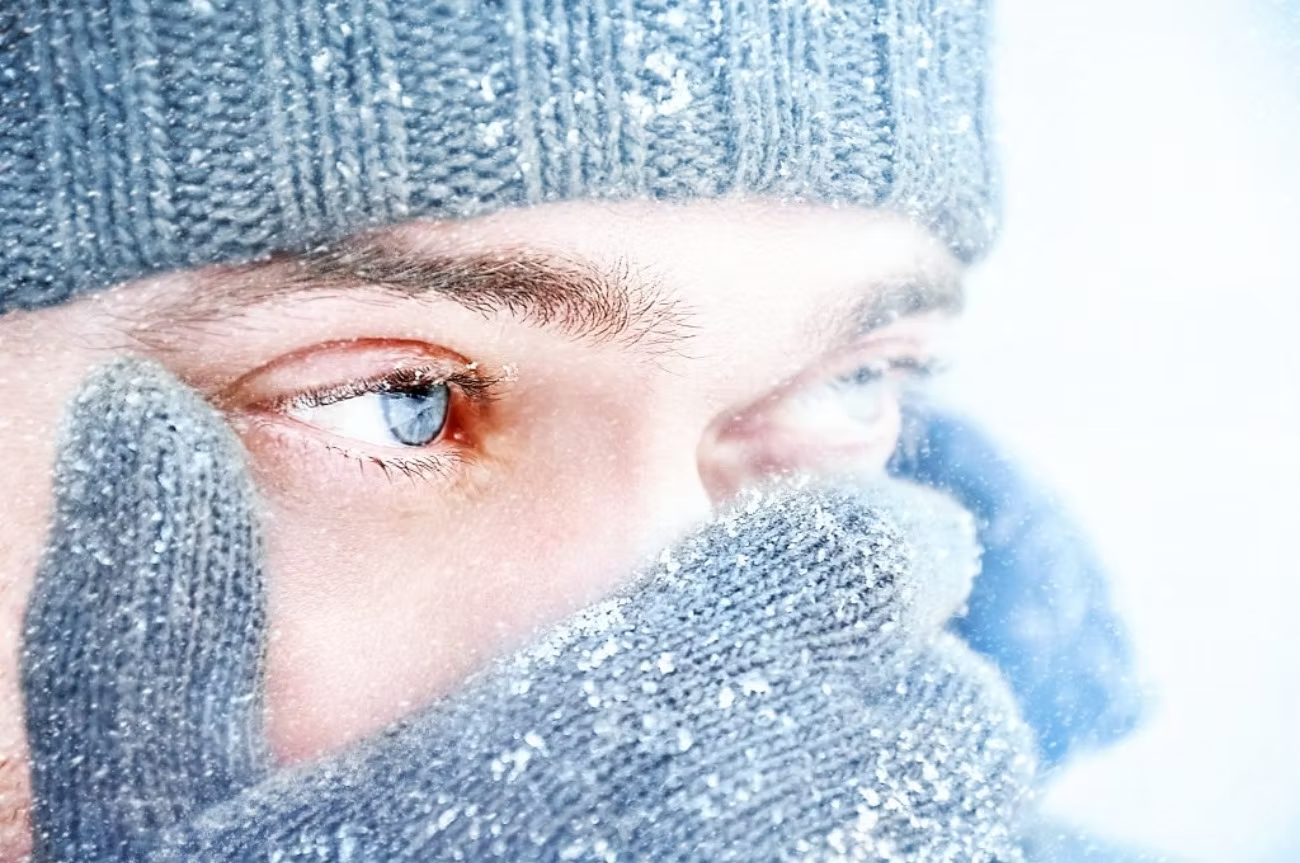
Medication
Inflammation Reducing Drugs: Antibiotics can be prescribed to you by your GP that can assist in reducing inflammation around your eyelids. This can be in the form of eyedrops, but also in medication that can be taken through the mouth or as an ointment to apply around the eyes.
Eyedrops: Prescription eyedrops can be obtained from your GP that can not only help to lubricate the eyes, but also to assist in reducing inflammation around your eyelids as well. This will then help your Meibomian (Oil) Glands to secrete oil back into your eyes naturally.
Common Types of Eyedrops Include:
Artificial Tear Drops: Commonly used for less severe cases of Dry Eyes and typically used as the first step of treatment. Artificial tear drops can be used frequently throughout the day to lubricate the eyes.
Restasis: This is a daily use eyedrop, requiring two applications per day. Used to both lubricate the eye and reduce inflammation to aid in producing natural tears back into the eye. However, this is not an immediate effect and is a process that can take between 3-6 months.
Xiidra: Similar to Restasis, in that it aims to reduce inflammation and requires two applications daily. Xiidra however, has a faster treatment rate, providing eye care relief for patients between 2-12 weeks.
There are more eyedrop options and all medications can pose side effects, so we recommend you book an appointment with your GP to explore which one is best suited for you.
Other Treatments
Scleral Lenses/Bandage Lenses: Contact lenses designed specifically for dry eye treatment, these help to lock in moisture to combat dryness.
Eye Masks: An eye mask is used to clear blocked oil glands.
If your dry eyes persist, then we recommend consulting with your optometrist or pharmacist as they will be able to advise you further on the severity of your condition and what steps to take next.
Further eyecare during the winter information can be found here in one of our previous blogs: www.healthharmonie.com/post/winter-eyecare


